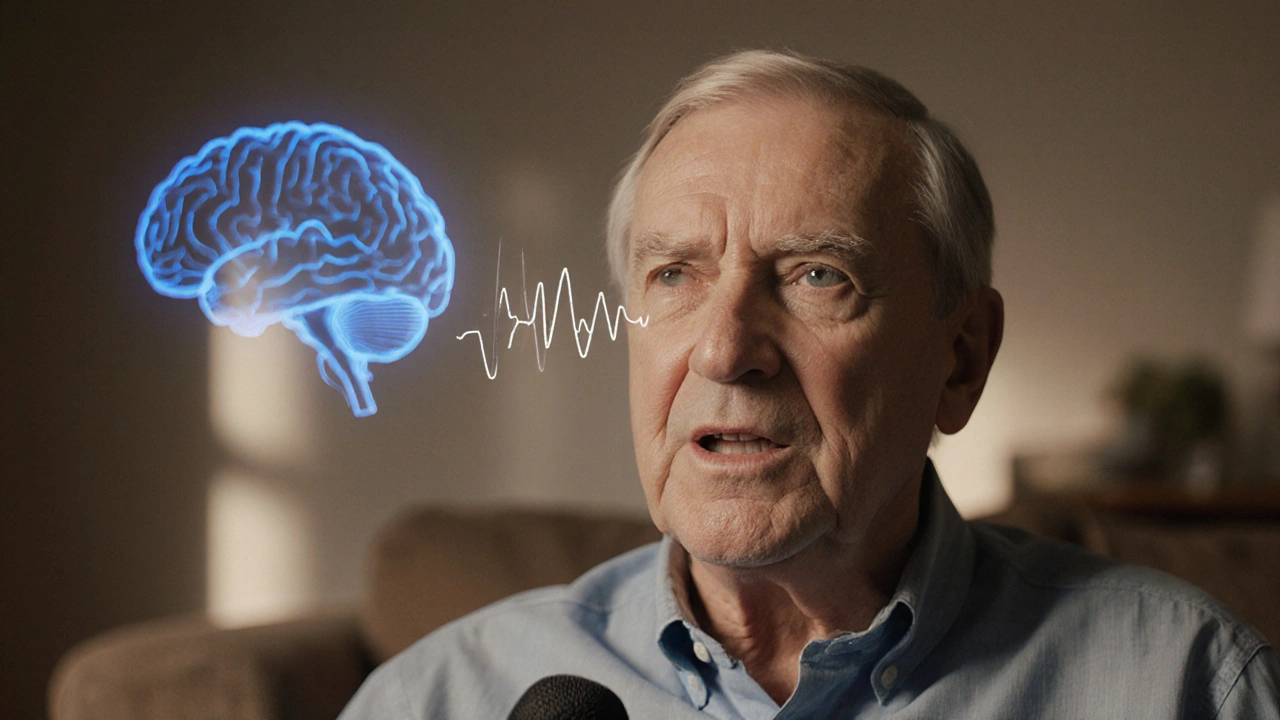Parkinson's Disease Speech: What It Is and Why It Matters
When talking about Parkinson's disease speech, the set of voice and articulation changes that appear in people living with Parkinson's disease. Also known as PD speech, it often includes reduced volume, monotone pitch, and a rapid or slurred delivery. Parkinson's disease speech encompasses voice tremor, facial masking, and difficulty starting words, which together can strain everyday communication. Addressing these problems usually requires a blend of medical care and targeted exercises. One of the most effective tools is speech therapy, a structured program that teaches breath control, vocal strengthening, and articulation drills, which helps people regain clarity and confidence. The link between speech therapy and Parkinson's disease speech is clear: without consistent practice, the symptoms tend to worsen, but regular sessions can slow decline and even improve intelligibility.
Key Voice Disorders and the Role of LSVT
Another central piece of the puzzle is voice disorders, conditions like hypophonia and dysarthria that affect pitch, volume, and timing in Parkinson's patients. These disorders are not isolated; they directly influence the overall quality of Parkinson's disease speech. A proven method for tackling them is the Lee Silverman Voice Treatment, commonly called LSVT, a high‑intensity vocal exercise program designed specifically for Parkinson's. LSVT influences speech clarity by training the vocal cords to produce louder, more stable sounds, which in turn reduces the impact of voice disorders. Research shows that patients who complete LSVT experience measurable gains in speech intensity and intelligibility within weeks. The treatment also requires coordination with speech therapists, illustrating how therapeutic expertise and specialized programs work together to improve outcomes.
Beyond direct therapy, many people rely on communication aids, devices such as voice amplifiers, speech‑generating tablets, and wearable prompts that support daily conversation. These tools complement speech therapy and LSVT by providing real‑time assistance, especially in noisy environments or during group interactions. When combined with regular practice, communication aids can bridge gaps that therapy alone might not close, ensuring that individuals stay connected socially and professionally. In the articles below, you’ll find practical tips on choosing the right device, step‑by‑step guides for using speech exercises at home, and expert advice on integrating therapy with everyday life. Whether you’re looking for detailed treatment comparisons or quick actionable strategies, the collection ahead offers a well‑rounded view of how to manage Parkinson's disease speech effectively.

